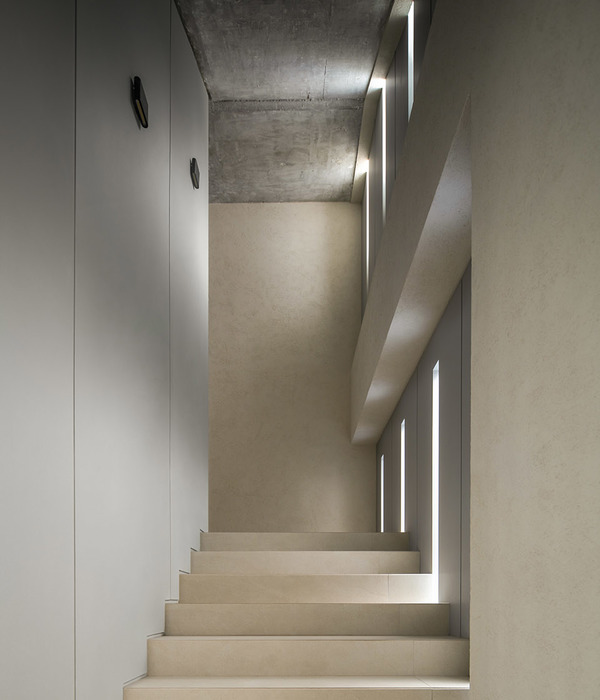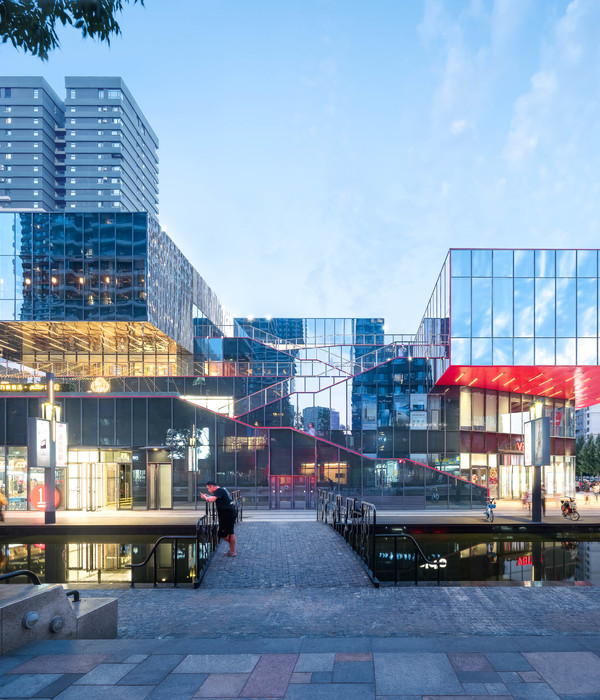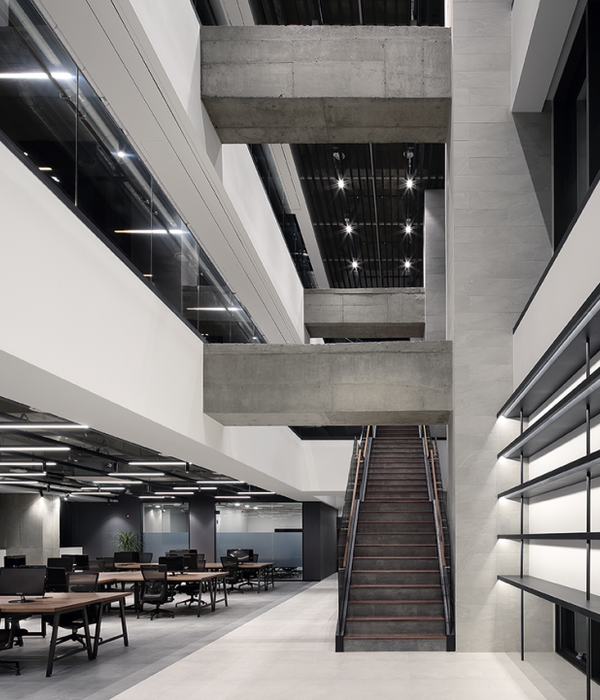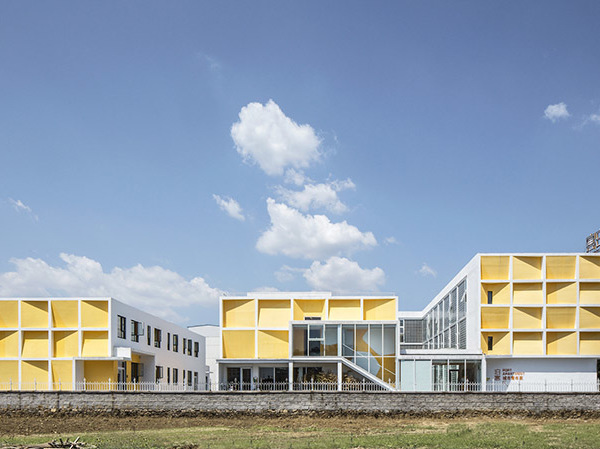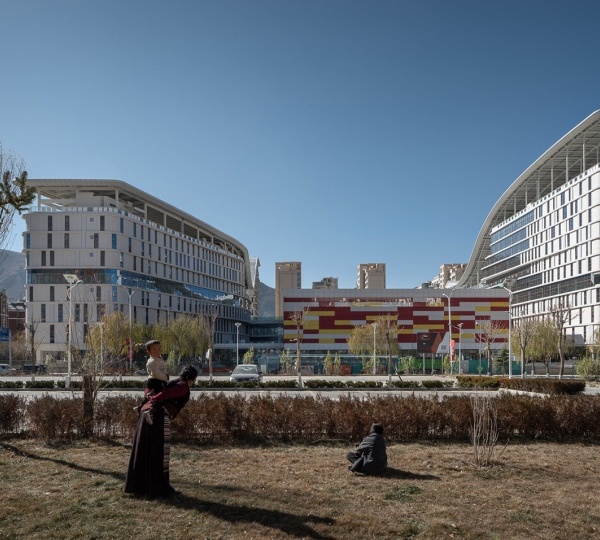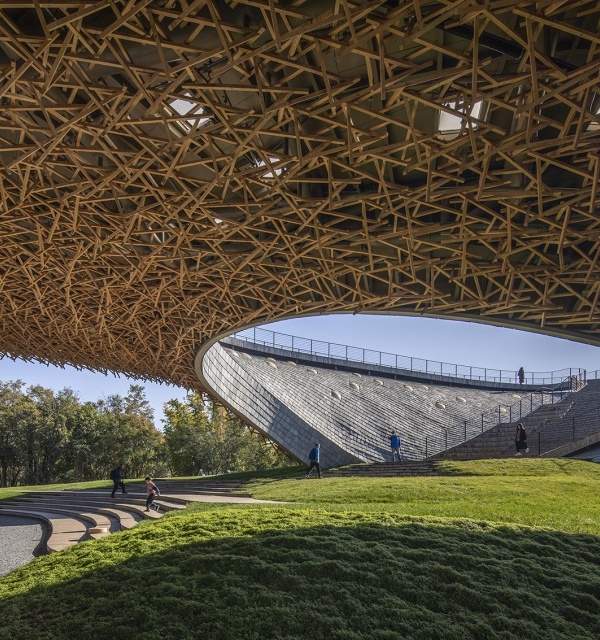The new Native Child and Family Services of Toronto (NCFST) consolidates social and culture-based services for aboriginal children and families within a 30,000 square foot office building in the heart of downtown Toronto. The challenge for this project was to create a place that would reconnect urban aboriginals with nature in the heart of the city and project a bold visual presence for the First Nations community – which was difficult to conceive for a community that is comprised of distinctive bands with their own identities and customs.
Opened in June 2010, the former 1980s offi ce building now houses a drop-in childcare centre, an aboriginal artist studio, family, mental health, social services and administration offices as well as a contemporary iteration of a longhouse and a rooftop healing lodge and fire circle surrounded by a lush roof garden. These special spaces are used both formally and informally for public assemblies and ceremonies, drumming and circle sessions and for counseling, meetings and playtime.
The architects collaborated with aboriginal artists, a graphic designer and a landscape architect to define the centre with art, environmental graphics, natural materials and plantings that are native to the Great Lakes region. These features give the building its cultural identity and also soften its institutional nature.
Large-scale graphics line the interior walls and floors, carefully using images that are culturally broad, dignified and contemporary. For example, regional aboriginal textiles inspired the stylized “woven” motif pattern on the ground fl oor. It is meant to function as a giant welcome mat that links the building’s north and south entrances.
The building’s material palette is comprised of unusual local materials including yellow birch heartwood, eastern white cedar, Erimosa limestone, river rock and red slate. Green plants cascade down a vertical wall that rises from behind the ground fl oor reception desk to unite the interior with nature and connect all four floors to the rooftop garden that has a fire pit, green “teaching hills” and native agricultural plantings including sweet grass, sage, tobacco, corn, beans and squash. The offi ces were designed with aboriginal customs and sensitivities in mind. For example, in the child welfare area, meeting rooms that would conventionally have two-way mirrors and cameras are instead in the style of living rooms with diaphanous curtains that give privacy while also permitting casual observation.
NCFST’s Executive Director, Kenn Richard is proud of how the building is functioning as a place to meet, to kindle and rekindle relationships, and to receive services. He says, “It’s amazing the sense of pride that is being so boldly displayed, with its images and metaphors. I believe that the building will over time just get better in its role as a authentic Native experience in an otherwise non Native environment. This speaks of survival and this might be its greatest legacy.”
{{item.text_origin}}

